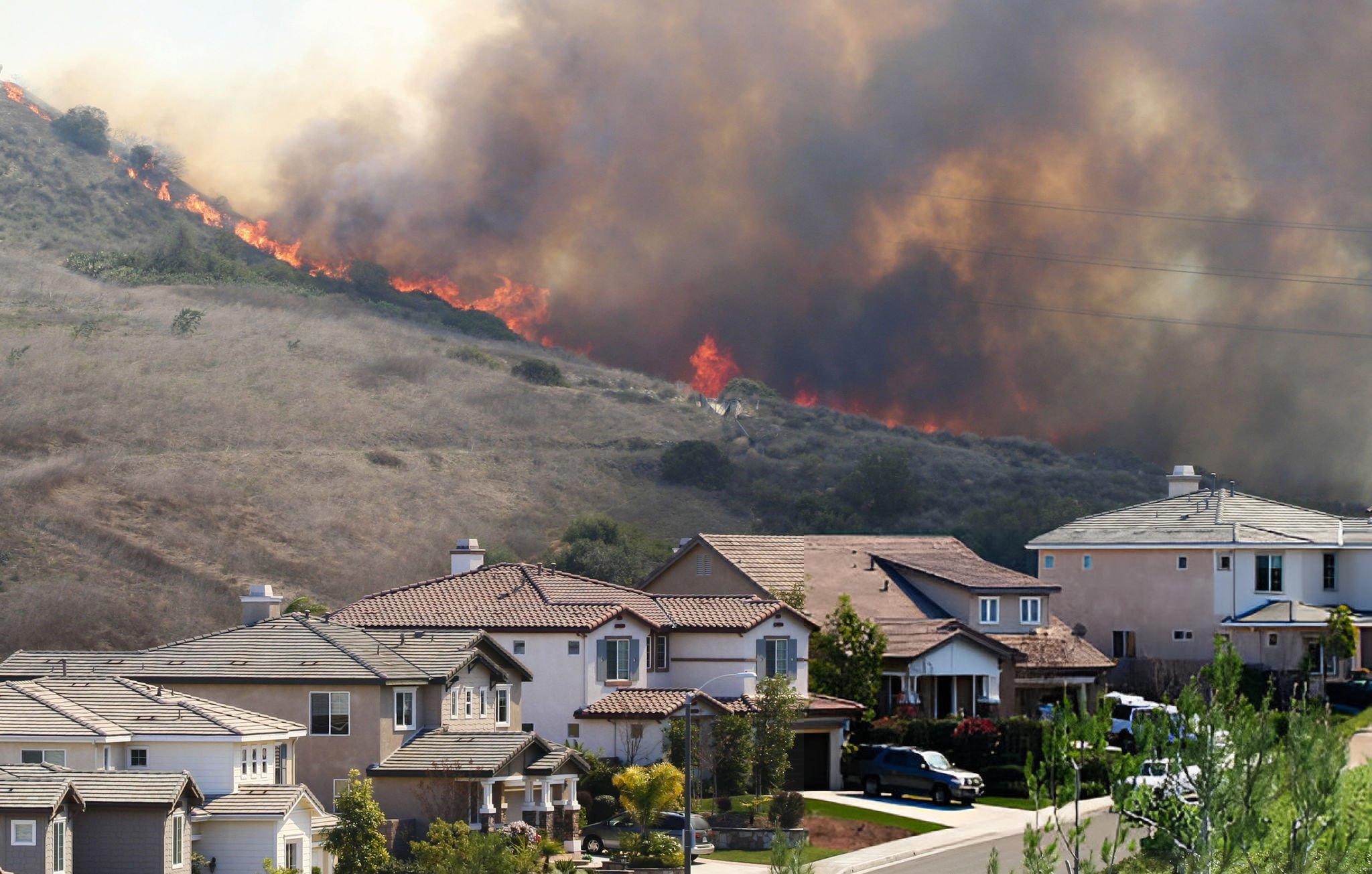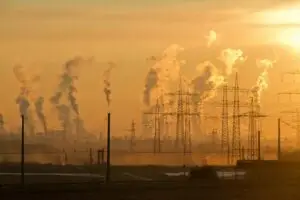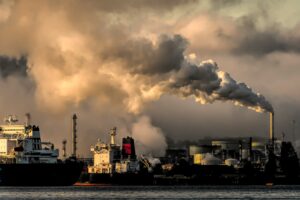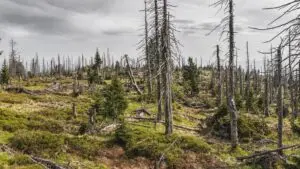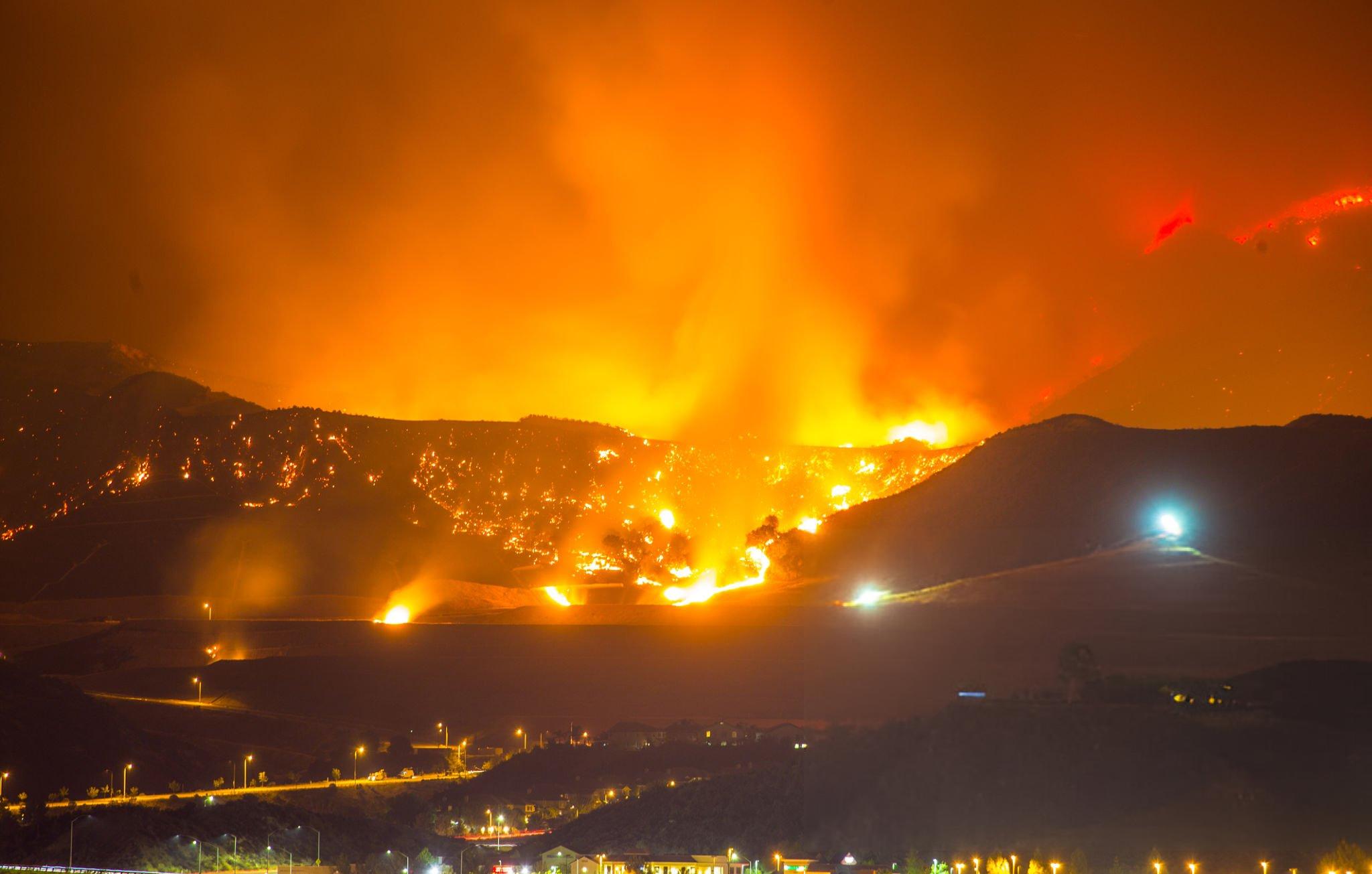Climate Change 2024: Current Status, Global Progress, and Why It’s Getting Worse
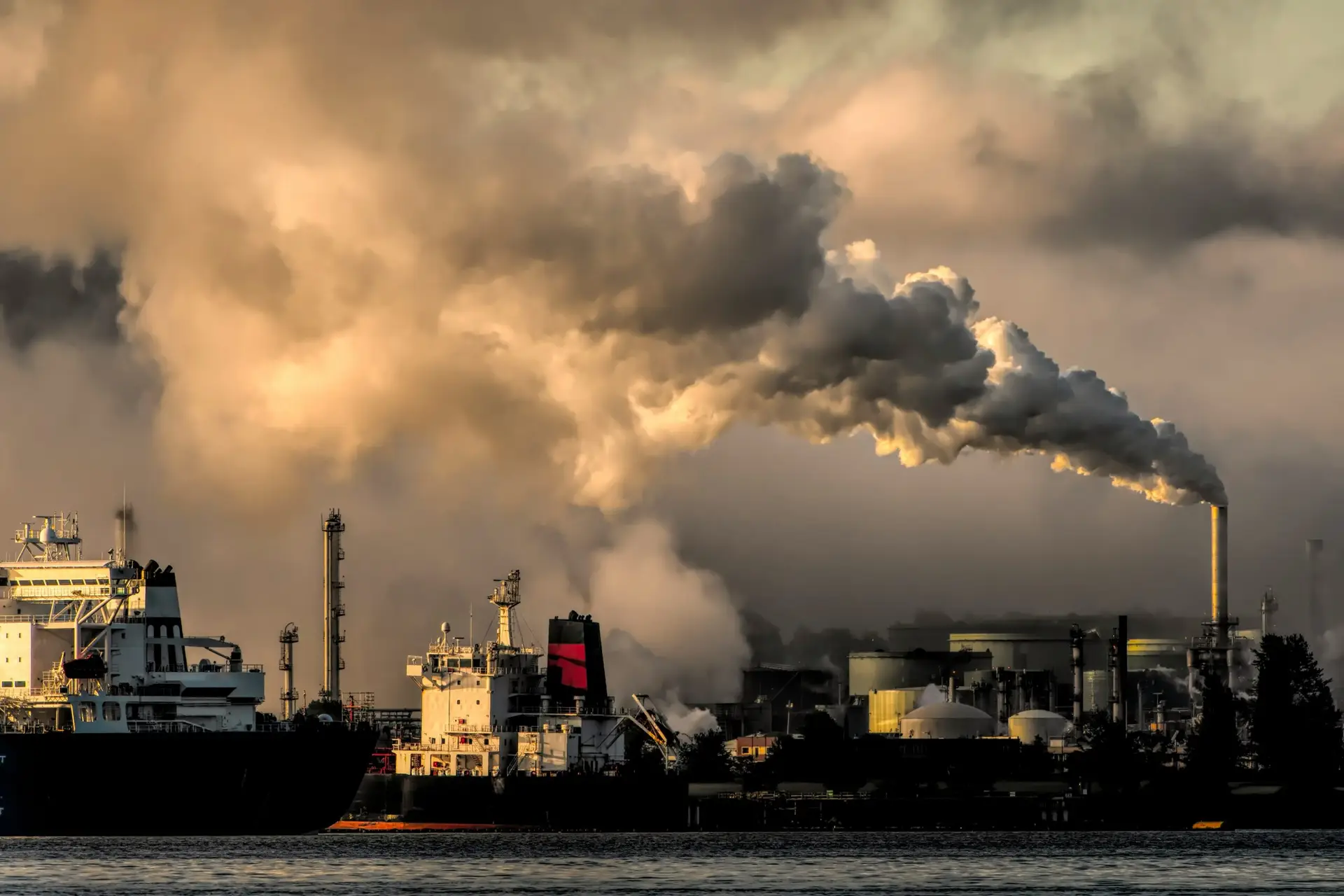
What Is Climate Change?
Climate Change is a natural process; however, due to human activities, which include the combustion of fossil fuels,
deforestation and industrial agriculture, the process is quic
kened, which is one of the consequences. The others are, for example, the unusual weather, the increase in the sea level, and the damage to ecosystems.
Current Status of Climate Change: A Global Crisis
The current status of climate change can be described as critical, with widespread consequences already visible across the globe. The Intergovernmental Panel on Climate Change (IPCC) reports that global temperatures have increased by about 1.1°C in comparison to pre-industrial levels. Even though this might seem like a slight rise, the effects are disastrous:
- Extreme Weather Events: Increased frequency of heatwaves, hurricanes, floods, and wildfires.
- Rising Sea Levels: The melting of polar ice caps and glaciers induced sea levels, which have continued to rise now. Thus, the situation has become a real danger for coastal cities and lower-lying regions.
- Biodiversity Loss: The warming climate is disrupting ecosystems and causing extinction rates to rise, with numerous species unable to adapt to the changing conditions.
- Global Warming: The accumulation of greenhouse gases, such as carbon dioxide and methane, in the atmosphere continues to trap heat, further exacerbating the problem.
Why Climate Change Is a Problem
Climate change comes with a lot of problems for mankind, and its impact is visible in various sectors: its effects are felt across multiple sectors:
- Human Health: On the one hand, the temperature is increasing, and on the other hand, extreme weather events are more frequent. As a result, people must face up to health challenges. Heat-related ailments have become a burning question, along with mosquito-borne diseases such as malaria and air pollution, the primary sources of human respiratory issues.
- Agriculture and Food Security: Changing weather patterns disrupt farming practices, leading to crop failures, reduced yields, and food insecurity. Regions dependent on agriculture face devastating consequences, especially those in arid climates.
- Economic Consequences: Climate change affects industries from agriculture to tourism and insurance. The cost of adapting to and mitigating climate change is high, and some countries, especially developing ones, need to prepare to handle the economic strain.
- Social Inequality: Climate change disproportionately impacts vulnerable populations, including low-income communities, indigenous peoples, and people in developing countries who have limited resources to adapt.
Is Climate Change Getting Better or Worse?
One of the most common questions surrounding climate change is whether things are getting better or worse. Unfortunately, the situation is not improving, and the effects of climate change continue to worsen despite international efforts.
- Global Temperature Rise: Data suggests that global temperatures will likely rise by 1.5°C to 2°C by 2050 if current trends continue. While many countries are setting ambitious goals to reduce emissions, the pace of change is too slow.
- Carbon Emissions: While there has been a slight decline in emissions in certain regions, overall global emissions have continued to rise, especially from major polluting nations like China and the United States.
- Increased Frequency of Extreme Events: The frequency and intensity of natural disasters continue to grow. This includes wildfires in California, heatwaves in Europe, flooding in South Asia, and stronger hurricanes in the Atlantic.
In short, climate change is not getting better—it’s getting worse, and the window for significant mitigation is closing rapidly.
Climate Change Progress by Country: Who is leading and who is lagging?
Thus far, countries all over the world have responded differently to climate change in their fights. Some of them have made exceptional efforts, while others need to catch up. Here, take a closer look at the progress of climate action by country:
- European Union: Leading the Charge
The European Union (EU) is one of the world’s leaders in combating climate change. In December 2019, the European Union decided that its target was to become the continent that is the first ever to be climate-neutral by 2050. This involves the rollout of an array of ambitious initiatives covering clean energy, energy efficiency, and a carbon tax on imports. The EU has already acted substantially toward cutting emissions and moving to clean energy.
- United States: Mixed Progress
The United States has not only experienced growth but has also gone through setbacks in its history. The USA President Biden has led the country to become part of the Paris Agreement again as of May 2021 and committed to reducing emissions that are 50-52% over the 2030 baseline. Political polarization and inconsistent policies are the two things that have restricted long-term, coordinated action. The environment has yet to be improved much with green energy, as the country is in the top group of carbon-based countries.
- China: The World’s Largest Polluter
China not only emits the most greenhouse gases but is also at the height of the countries that actively invest in renewable energy production. It takes steps to cut down on coal consumption and invest more in solar and wind energy. Nevertheless, the slow shift in the mode of energy production and the continuous industrialization that is highly dependent on coal power are dragging its efforts in mitigating climate change issues to pieces.
- India: Facing Major Challenges
India is the world’s third-largest emitter, and it is facing some challenging obstacles in combating climate change. India’s population growth, rapid urbanization, and dependence on coal make it hard for the country to reduce emissions. However, India has made some significant investments in renewable energy, especially solar power, and aspires to achieve net-zero emissions by 2070.
- Small Island Nations: Leading in Advocacy
Such as the Maldives, Tuvalu, and Fiji are among the most susceptible to the negative impacts of climate change due to the increase in sea levels. These nations are at the forefront of environmental protection, and they are the ones who get others to make the most reductions in emissions. However, they remain at the centre of international climate negotiations with their low emissions to the global environment.
Why Is Climate Change Getting Worse?
The reasons climate change is getting worse despite global awareness can
be attributed to several factors:
- Continued Fossil Fuel Dependence: Despite unprecedented efforts worldwide that aim to reduce the world’s reliance on oil, gas, and coal, which are the main culprits of greenhouse gas emissions, the world still depends mainly on these fossil fuels. The energy transition needs to be faster to fully alter environmental issues. It is high time for decisive actions to be taken towards achieving climate mitigation goals.
- Deforestation: Large-scale deforestation, particularly in the Amazon rainforest, contributes to higher carbon emissions and the loss of vital carbon sinks. Deforestation is driven by agricultural expansion, logging, and urbanization.
- Industrial Agriculture: Modern agricultural practices, including livestock farming, use of synthetic fertilizers, and monoculture, contribute to greenhouse gas emissions and environmental degradation.
- Lack of Global Coordination: Although many international agreements are designed to address climate change, nations generally have to make good on their promises. The lack of binding enforcement mechanisms and political will leads to ineffective climate policies.
Conclusion: The Urgency to Act
The present climate situation is a cause for concern, and urgent action is required; otherwise, the issue will soon reach uncontrollable heights. Some nations have indeed taken enormous steps in the fight against climate change. However, overall progress could be made. The term climate change is not just an environmental issue; it’s instead a global problem that affects everything in life. Governments, businesses, and individuals must work together in this process, and the truth is that they all should promote the reduction of greenhouse emissions, clean energy, and promote green practices to make a difference.
The international community must take the necessary collective steps to speed up the process of climate action. We are closest to a critical juncture in history when the proper steps can be taken – and not the wrong ones – if thus coming, we can mitigate the effects of climate change to some degree so as to secure a sustainable future for the next generations.


